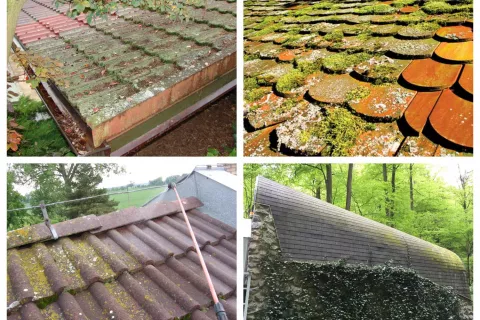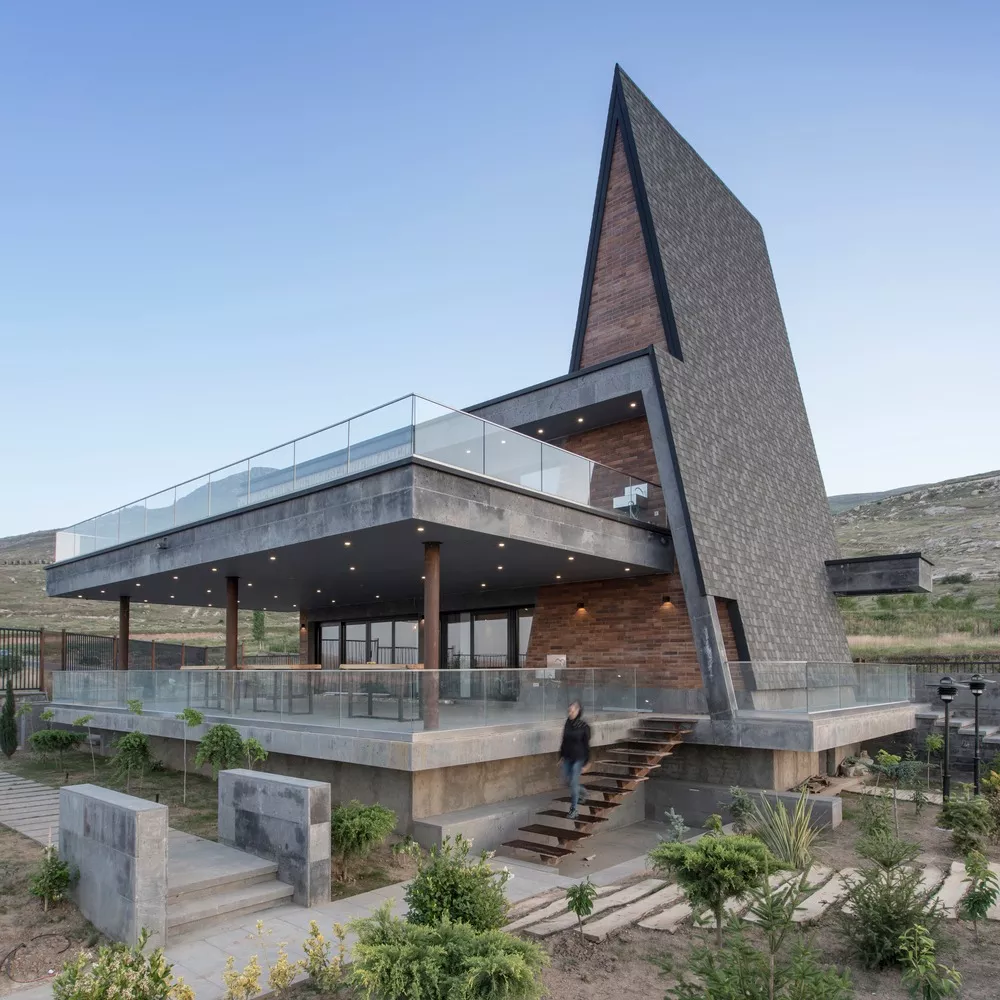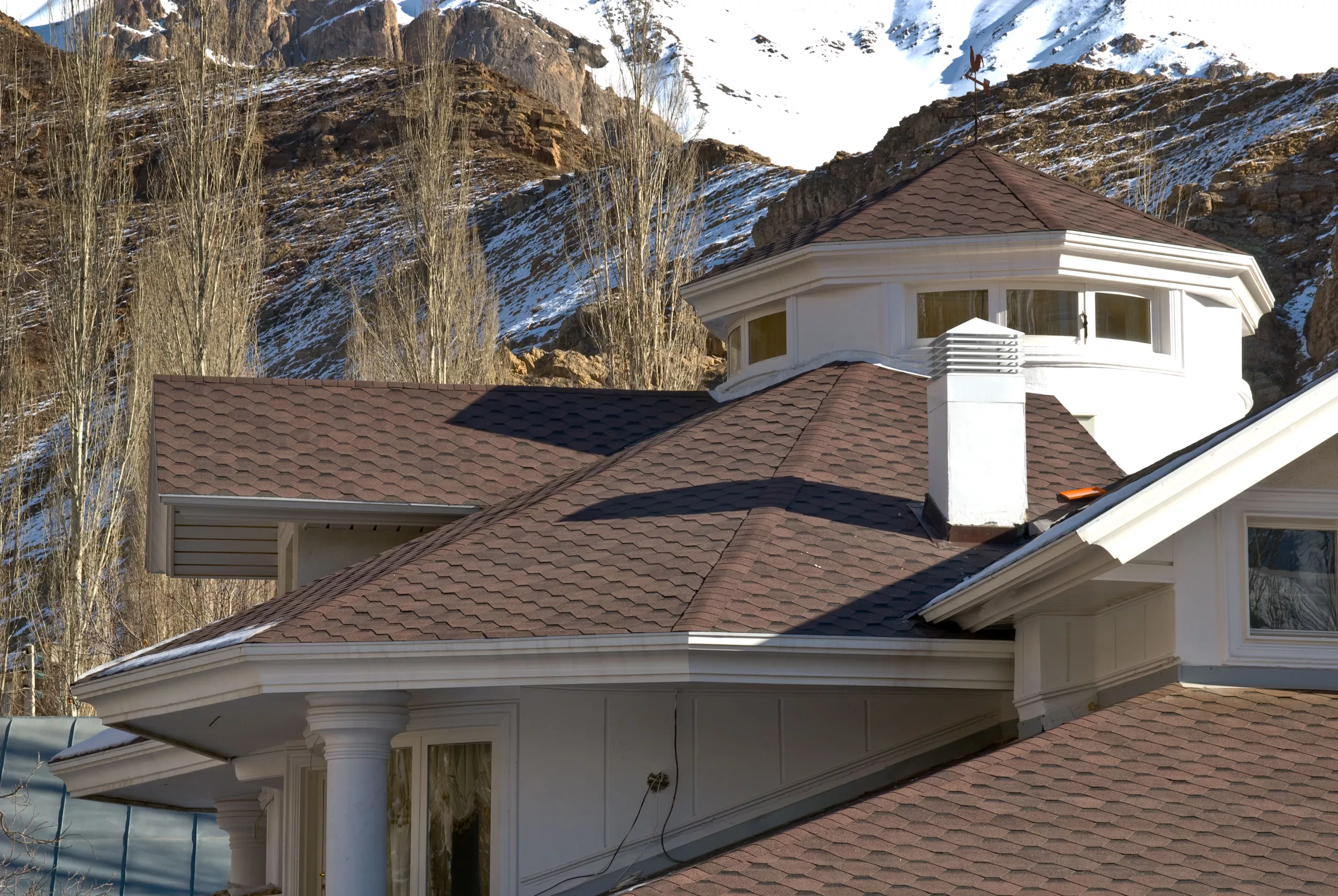Search
Search
1361 results were found.
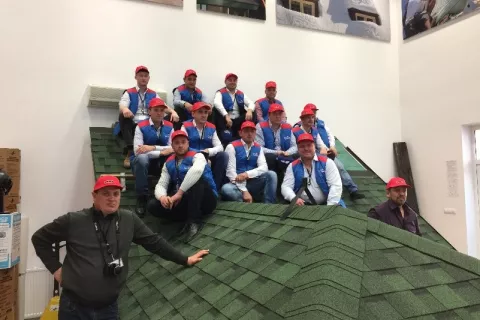
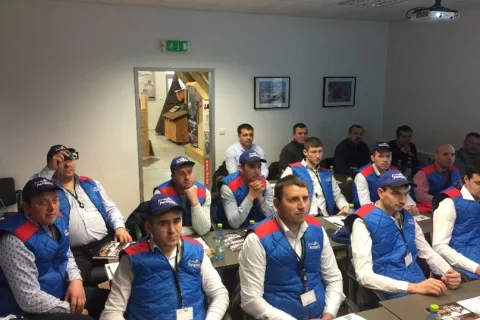
Extreme wind conditions
Strong storms run not only through the mountains or along the coasts, but also in flat areas or in the valleys. If the building stands in a very exposed place or unprotected in a wind corridor, the wind can reach very high speeds even in the valleys.
Wind load is becoming an important topic, for example in the case of free-standing homes on the outskirts of the village or tall buildings in the city. Whether your house stands in the mountains, in the valley or by the sea, it must withstand harsh weather conditions.
It’s important that the choice of roofing products is selected well and the way how they are applied and fixed is carefully planned. IKO roofers and companies are properly trained and can also use the advice of IKO experts and technicians and it’s all to protect your home.
Our Cambridge Xtreme 9,5° passed two impressive tests in a windtunnel. See how well it survives extreme wind conditions. >>>
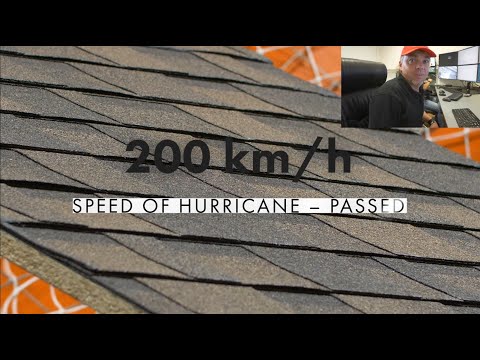
IKO laminated shingles = the right option
Cambridge Xpress or Cambridge Xtreme are ideally suited for roof reconstruction. These premium shingles with 3D design are imitating natural slate, stone or wooden shingles and they can cover any unevenness on the old roof structure.
When you are renovating the roof, the old trusses must often be prepared for concrete or clay roof tiles that weigh several tons and the static issue is very important. With IKO roof shingles, you can avoid this. Thanks to a shingle roof, which is many times lighter, no additional truss reinforcement is required.
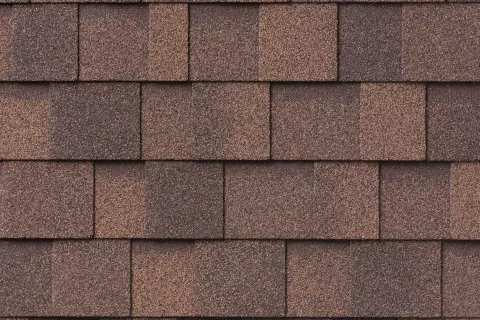
In addition, the IKO roof enables fast and easy installation on site by a trained roofer and can also be transported very well by a small truck. This can significantly reduce construction time.

IKO roof shingles are a light, durable and very effective roofing material, which allows you to save time and money on demanding maintenance.
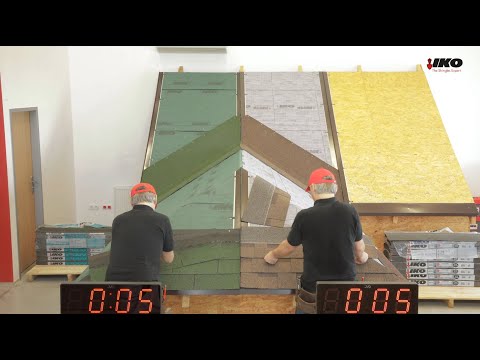
Some useful tips
Regular maintenance especially after a storm or bad weather
After every strong storm, bad weather and after a heavy winter as well, it is necessary to check the roof for potential damages. You can start from the ground if a visual inspection is possible. Are there loose parts or is the roof surface damaged? If the roof area is not visible from the ground, the roof should be inspected by a specialist. With the roof fall protection system, roofers or inspectors can move safely around the roof. For safety reasons, we do not recommend you climb the roof yourself if you are the home owner.
Is your roof damaged and leaking after the storm?
In this case, you should contact a roofing company in your area. The roofer can quickly review damages on site and depending on how big they are, he can temporarily stop the leakage and do the final repair later. If you are in imminent danger during a storm, firefighters are for sure the right partner to call.
Interested in the product mentioned in this blogpost?
Removing algae and moss from your roof
When living in a humid area, it’s possible your roof is covered with lichens, algae and moss. They can grow on every type of roofing material: bitumen shingles, concrete and/or ceramic tiles, slates or even painted metal sheets.
Moss on bitumen roof shingles, concrete tiles, ceramic tiles and painted metal sheets. >>>
